Research Highlights
Research Highlights
A selection of highlights culled from publications by HAO staff.
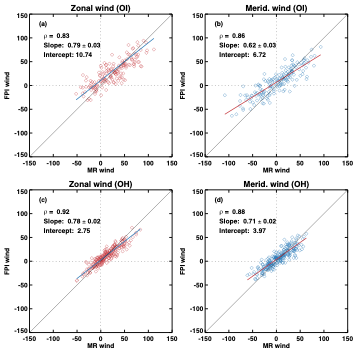
A comparison of Fabry-Perot interferometer and meteor radar wind measurements near the polar mesopause region
The neutral winds in the Mesosphere and Lower Thermosphere (MLT) region have been observed at King Sejong Station, Antarctica using a meteor radar and a Fabry-Perot interferometer (FPI) simultaneously. These two independent MLT wind measurements are compared to each other to identify the characteristics of FPI measurement.
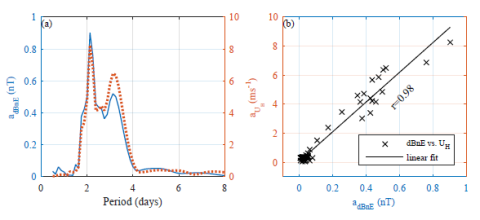
Ultra-Fast Kelvin Wave (UFKW) Variations in the Surface Magnetic Field
Kelvin waves are large scale wave that is important for Earth’s atmosphere. The Ultra-Fast Kelvin waves (UFKW) are a subset of the Kelvin waves that can propagate to the mesosphere and lower thermosphere (MLT) ~100km and above due to their high zonal phase speeds.
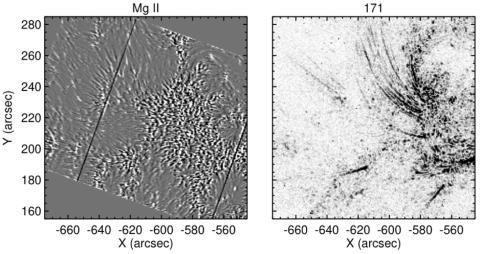
Magnetic structure of the solar chromosphere-corona transition regions
The bulk of the emission from the plasma called "transition region" plasma originates from structures energetically connected both to the chromosphere and corona. This result resolves decades of debate and opens the door to measuring magnetic energy and its evolution in the corona using transition region emission lines.
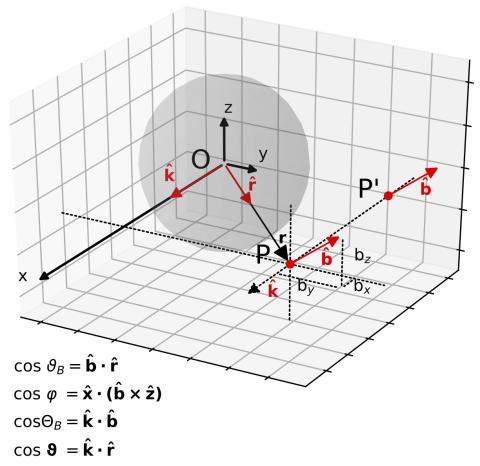
On single-point inversions of magnetic dipole lines in the corona
Prompted by a recent paper by Dima and Schad, we re-consider the problem of inferring magnetic properties of the corona using polarimetric observations of magnetic dipole (M1) lines.

Deciphering Deep-Origin of Active Regions From Analysis Of Magnetograms
Dikpati, et. al., derive magnetic toroids from surface magnetograms by employing a novel optimization method based on Trust Region Reflective algorithm.
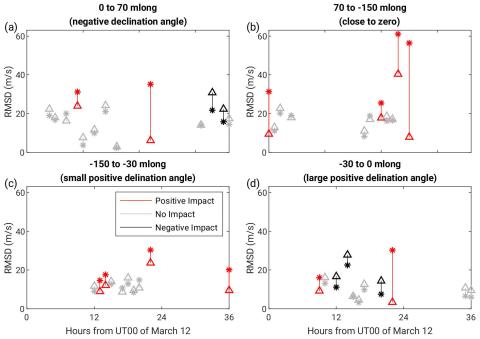
Data-Driven Ensemble Modeling of Equatorial Ionospheric Electrodynamics
A Case Study During a Minor Storm Period Under Solar Minimum Conditions: The dayside equatorial ionospheric electrodynamics exhibits strong variability driven simultaneously by highly changeable external forcings that originate from the Sun, magnetosphere, and lower atmosphere.
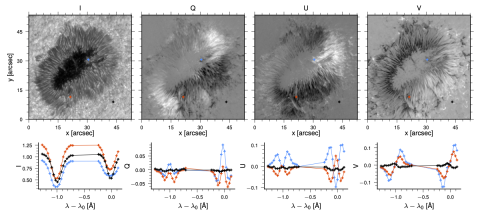
Design of a Highly Efficient Polychromatic Full-Stokes Polarization Modulator for the CRISP Imaging Spectrometer
In 2014 HAO built a polarimetric modulator for the CRISP instrument on the Swedish 1-m Solar Telescope in La Palma, using the principles of polychromatic modulation previously developed by HAO scientists. This paper discusses the processes by which the modulator was designed, built, and tested. The modulator was installed and had been in use since 2015. It is working at close to optimal efficiency and has produced considerable scientific output.
![Magnetic Bx component[nT] at five representative sites for 9/20/2002 - 10/10/2002](/sites/default/files/styles/large/public/2021-11/Maute_MagneticBx-component_fig16_left.png?itok=MuA-zwZJ)
Modeling Diurnal Variation Magnetic Fields for Mantle Induction Studies
Accurate models of the spatial structure of ionospheric magnetic fields in the daily variation (DV) band (periods of approximately a few hours to a day) would enable use of magneto-variational methods for three-dimensional imaging of upper mantle and transition zone electrical conductivity. Constraints on conductivity at these depths, below what is typically possible with magnetotellurics, would in turn provide valuable constraints on mantle hydration and Earth’s deep water cycle.
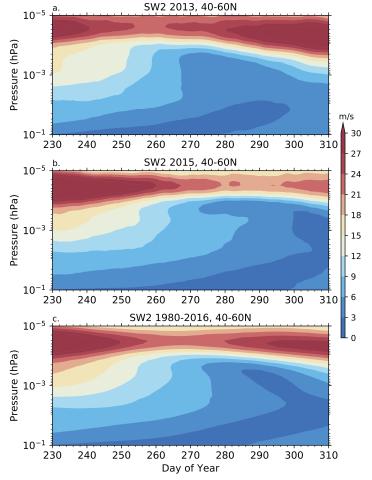
Migrating Semidiurnal Tide during the September Equinox Transition in the Northern Hemisphere
Specified Dynamics Whole Atmosphere Community Climate Model with thermosphere-ionosphere eXtension (SD-WACCMX) simulations are used to investigate the solar migrating semidiurnal tide (SW2) around September equinox at middle to high latitudes in the Northern Hemisphere.